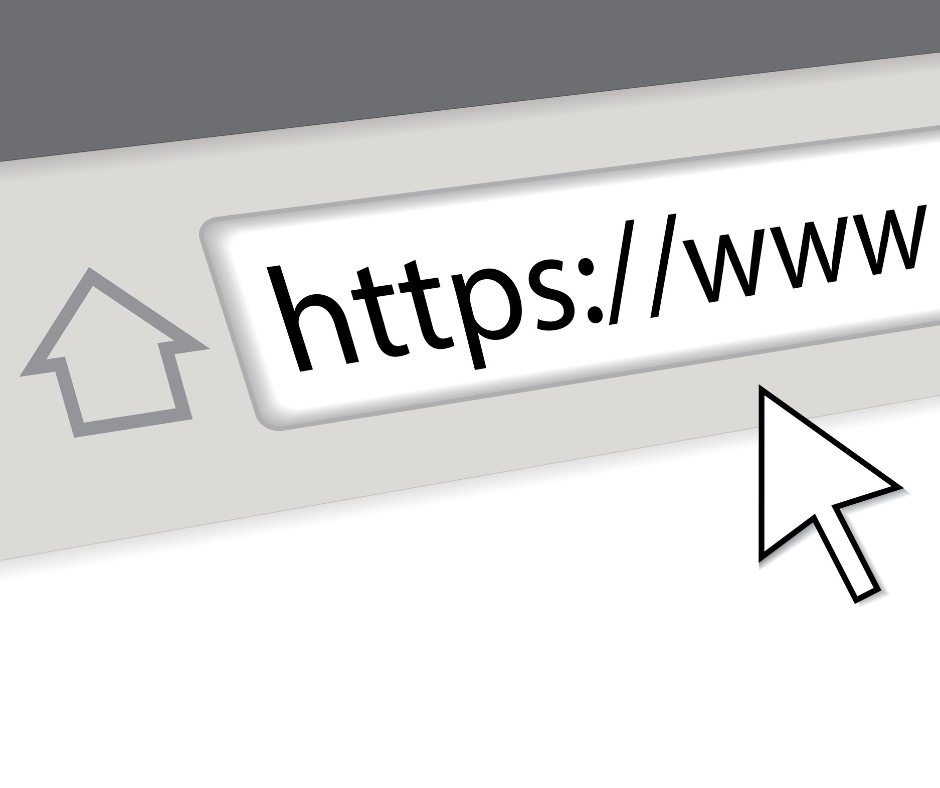
- Talking (a lot)
- Demonstrating (over and over again)
- Conducting, singing, cueing, correcting
- Trying to maintain posture, presence, and patience
- …often while clenching your jaw and smiling through the stress
Maybe your head, too. Or your ears. Or your neck.
Sound familiar?
Why Music Teachers Are Prone to TMJ Dysfunction
My Story (In Case We Haven’t Met Yet)
What Helped Me (And What I Created to Help You)
- What’s really causing your jaw tension
- Simple changes you can make in just a few minutes a day
- How to break the cycle of pain so you can keep doing what you love
- How to build strength and mobility that lasts (without overwhelm)
You Deserve to Feel Good—In and Out of the Classroom
Now it’s time to pour into you.
Check out TMJ Strong.
It might just be the thing your future self will thank you for.

Ignoring the Importance of Lifestyle Changes
Key lifestyle factors to address:
- Stress management
- Proper posture & spinal alignment
- Avoiding hard or chewy foods and adding in anti-inflammatory and antioxidant foods (see this food choices guide for more about this)
- Quitting harmful habits like nail-biting or pen-chewing
The Critical Role of Spinal Alignment in Proper Posture
Why spinal alignment matters:
- Misalignment can cause compensatory tension in the neck and jaw muscles
- A properly aligned spine provides a stable foundation for the entire body, including the jaw
- Correcting spinal misalignments can alleviate pressure on nerves that may be contributing to TMJ symptoms
- Consider consulting a NUCCA chiropractor to assess and correct spinal misalignment
- Incorporate exercises that promote spinal health (I know an occupational therapist that can recommend a customized program! Hint hint, it's my husband ;) )
- Use ergonomic supports that encourage proper spinal positioning throughout the day
Over-reliance on Pain Medication
Balanced approach to pain management:
- Use medication as prescribed, but don't rely on it exclusively
- Combine pain relief with other treatment modalities (Check out TMJ Strong for lots and lots of ideas! I addressed my own TMJ issues naturally without prescribed medication.)
- Work with your healthcare provider to gradually reduce medication use as symptoms improve
Neglecting Physical Therapy/Occupational Therapy and Exercises
Benefits of physical therapy/occupational therapy:
- Improves jaw mobility
- Strengthens supporting muscles
- Targeted ergonomic training
- Reduces pain and inflammation
Overlooking the Mind-Body Connection
Addressing mental health:
- Consider cognitive-behavioral therapy
- Practice relaxation techniques like meditation or deep breathing
- Seek support from mental health professionals if needed
Expecting Instant Results
Realistic expectations:
- Understand that improvement may be gradual and have ups & downs
- Celebrate small victories in your treatment journey
- Stay committed to your treatment plan, even if progress seems slow
Not Seeking a Second Opinion
Benefits of a second opinion:
- Fresh perspective on your condition
- Potential for alternative treatment options
- Confirmation or refinement of your current diagnosis










